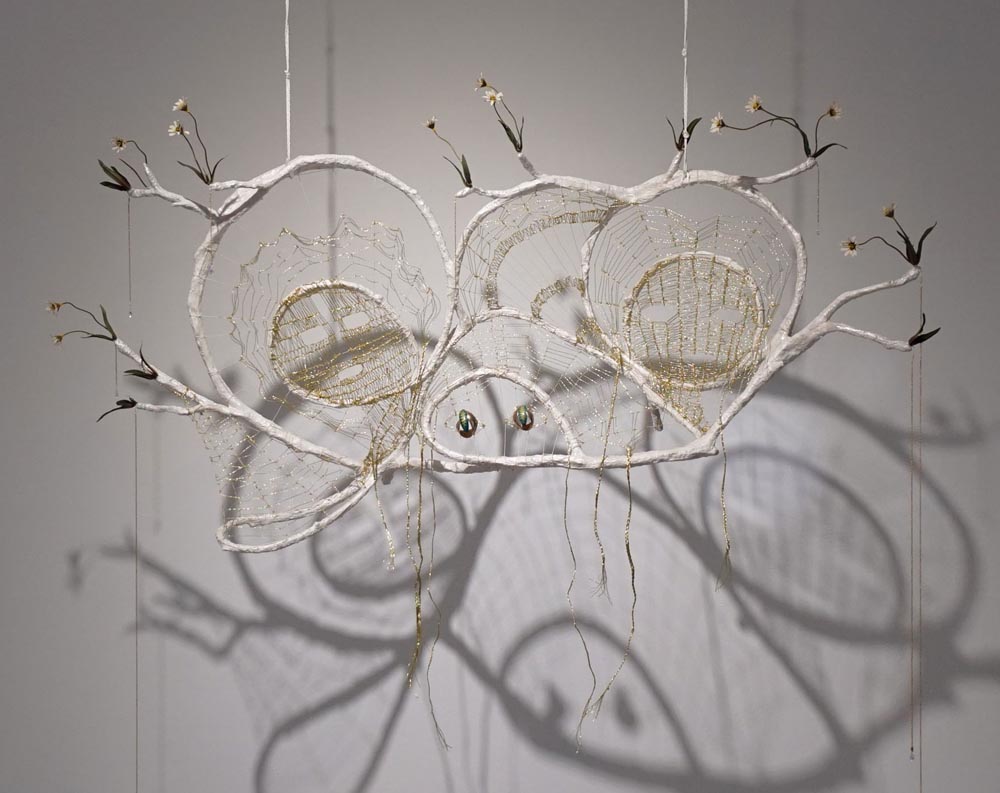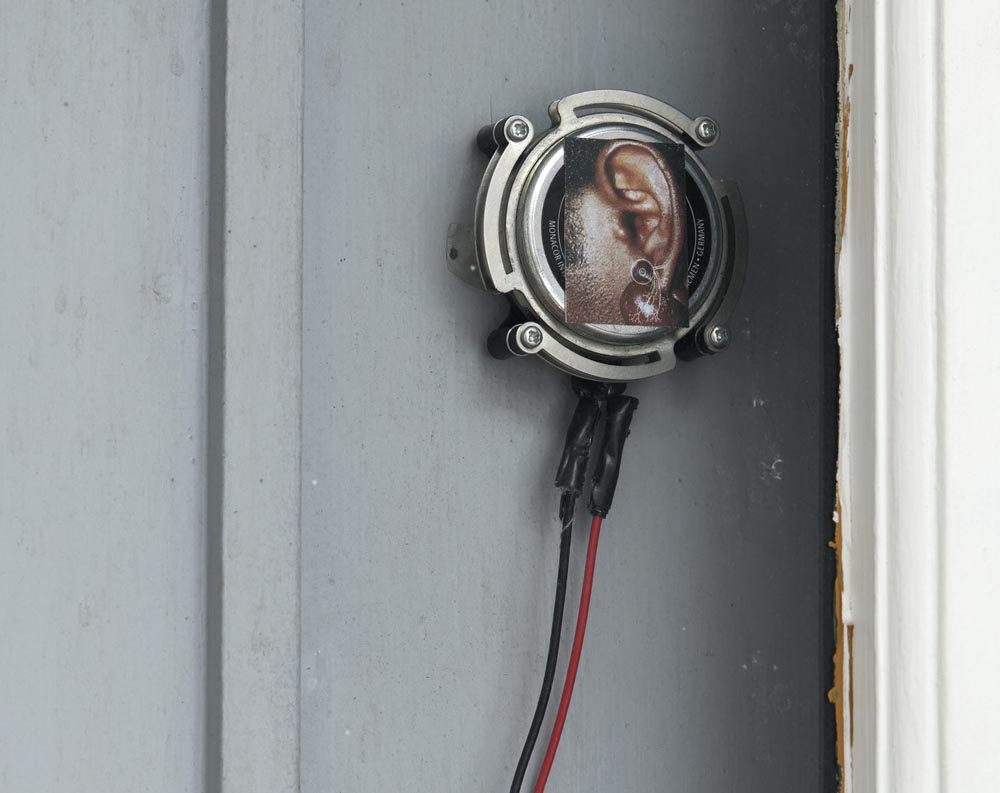OFLUXO
||| – She spins the thread, she measures the thread, she cuts the thread
Mila Lanfermeijer, Ana Navas, Evelyn Taocheng Wang
At Nest, The Hague
Exhibition architecture by Donna van Milligen Bielke
February 18 — March 28, 2021
In this exhibition, three artists explore the meaning of repetition, appreciation and appropriation. In seven rooms, specially designed by architect Donna van Milligen Bielke, they tell a story about the intricacies of friendship, artistic kinship and autonomy within. Reproduction and mimicry are important methods to understand, appreciate, and interpret their own place in art history.
A thread, this ordinary, soft thing, is a metaphor for the mortal life of human beings. The metaphor connects directly to the Ancient Greek story of the Fates – the Moirai, three sisters born by Night and Darkness.
Clotho spins the thread. She makes major decisions, such as when a person is born, in effect controlling people’s lives. This power allows her to decide not only who is born, but also when mortals live.
Lachesis measures the thread of life. Normally dressed in white, she measures the thread spun on Clotho’s spindle and, in certain texts, determines destiny.
Atropos cuts the thread. She determines the mechanism of death and ends the life of mortals by cutting their lifeline.
Popular culture emerges as one of the cornerstones of Cudelice Brazelton’s work, especially when he refers to the fundamental role of hairdressers or barbers, through the use of cosmetic images. This is the case for the collage Two-Tone Drip (2020), where acrylic paint overlaps with images of hair clippings. To polish his sculptures, the artist uses the famous Murray’s styling pomade, a hair product widely used in the Black community. In his book Les Gestes (1999), the Czech philosopher Vilem Flusser compares the act of shaving to that of gardening because, in his eyes, cosmetic upkeep (beard-trimming, for example) and lawn care both derive from suburban fashions and trends.
For his recent work, Cudelice Brazelton has used forms evoking industrial or artisanal tools, suggesting the potentiality of a performance or a theater set. It is “the coat that cleaves the space,” writes Henri Michaux in La Vie dans les Plis (1949), recalling that an exhibition space is above all a module of infinite possibilities of activations. The importance of the theatrical setting, visual or auditory, seems to deeply shape the artist’s artistic approach. In such a way, for his works Barb and Silver Affairs (2020), painting and collage intervene upon a reflective aluminum surface where the body is at once represented and reflected. His stalagmite-shaped totems, titled Organ (2021), appear as long, dramatic Giacomettian figures, covered in bronze and tipped in the form of a pyrography needle. Brazelton also attaches specific importance to sound, whether it is industrial and metallic, as when he records at construction sites in Munich, or linked to a natural environment, like that captured near a sulfurous waterfall in the heart of the mountains of Georgia, where the artist did a research residency. Often audible from outside, these sound experiments act as an autonomous soundscape.
Finally, the work of Cudelice Brazelton seems to be inspired by “cut and paste” techniques. The use of the « cut » can here be auditory — via the sample, or visual — via literal cutting, assembly, and pasting. The artist echoes the « cut-ups and permutations” theorized in the 1960s by Brion Gysin to define a form of visual copy-paste where words and images are cut and then reassembled in a new order. But the cut and paste appears also in metal, a material that Brazelton uses extensively. He grew up beside the large industrial steel plants of the Rust Belt of the American Midwest; it’s no wonder the influence of these steelworks factories on his practice is considerable. For example, Counterpoint (2020) features a print on a metal plate depicting an ear pierced by sparks from a grinder, thus uniting references to subcultures and the industrial world.
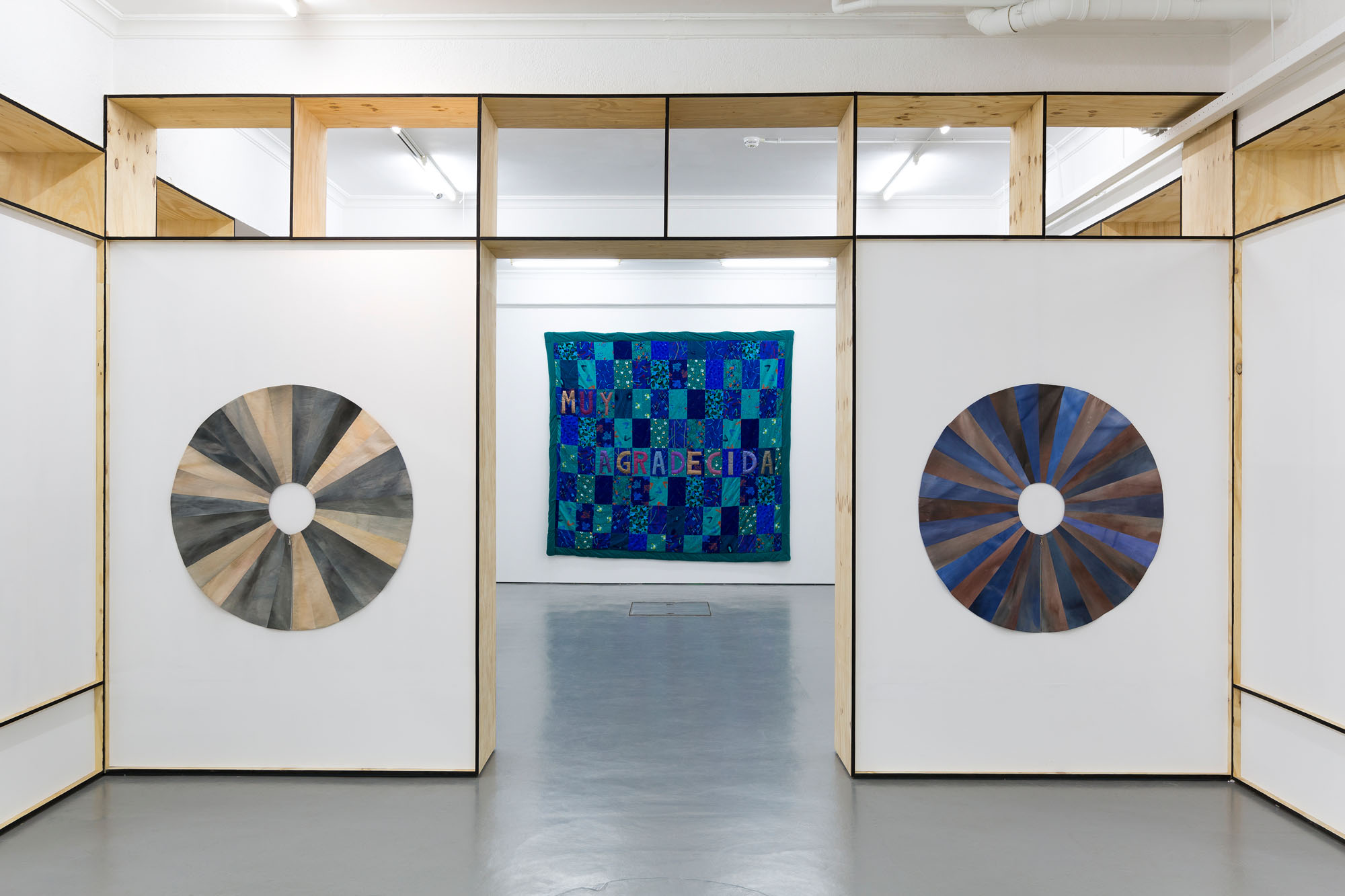
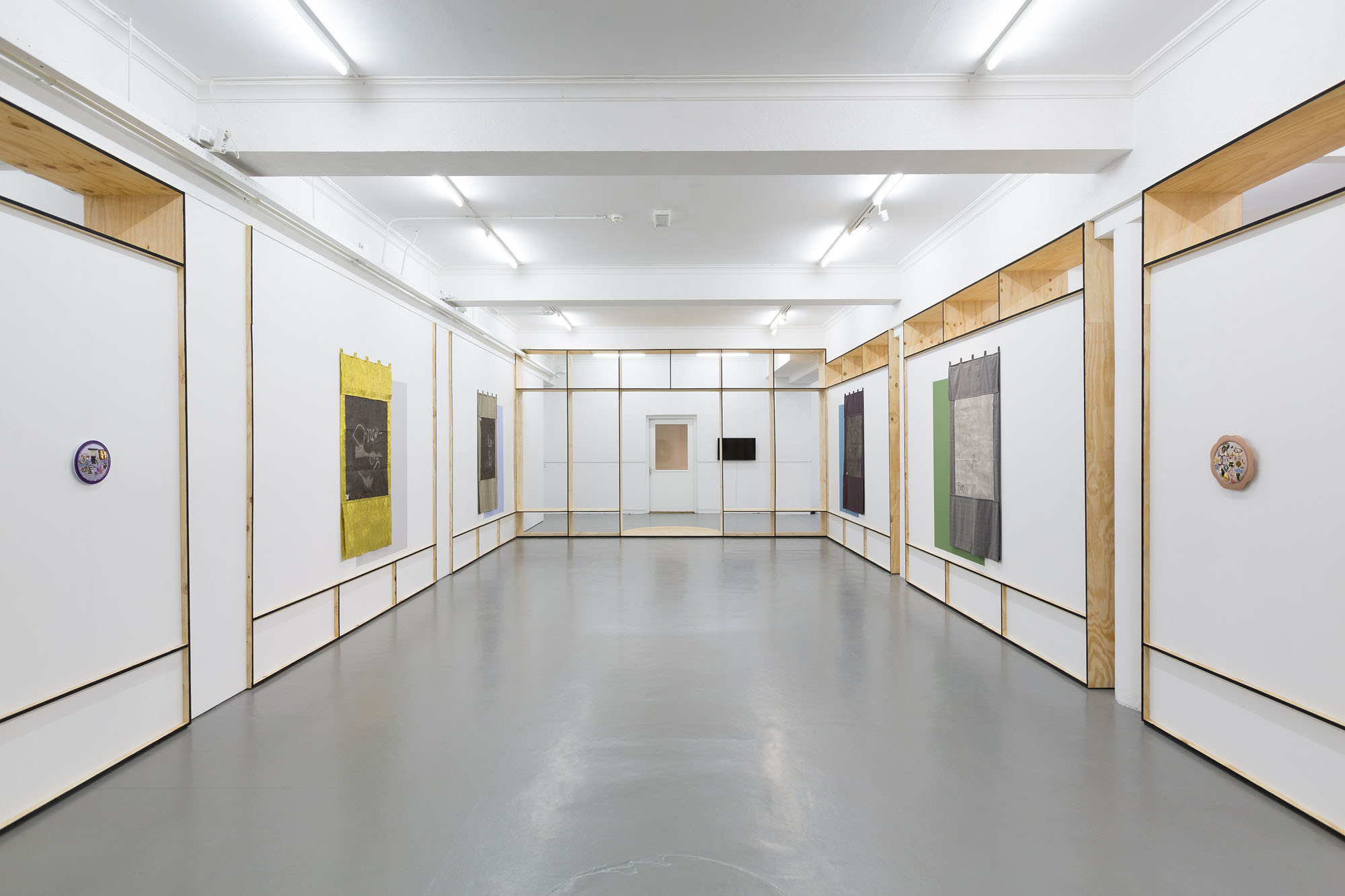
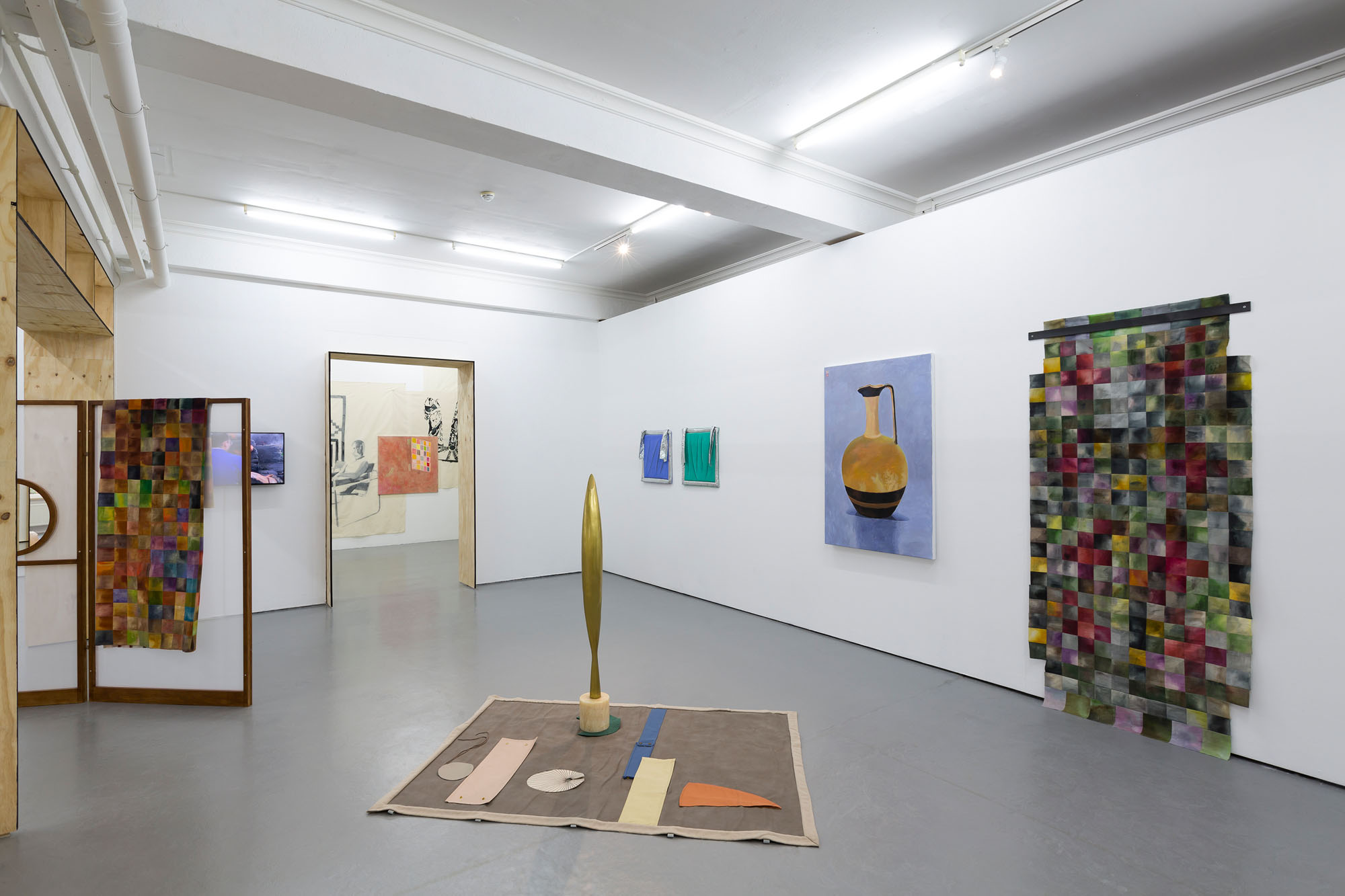
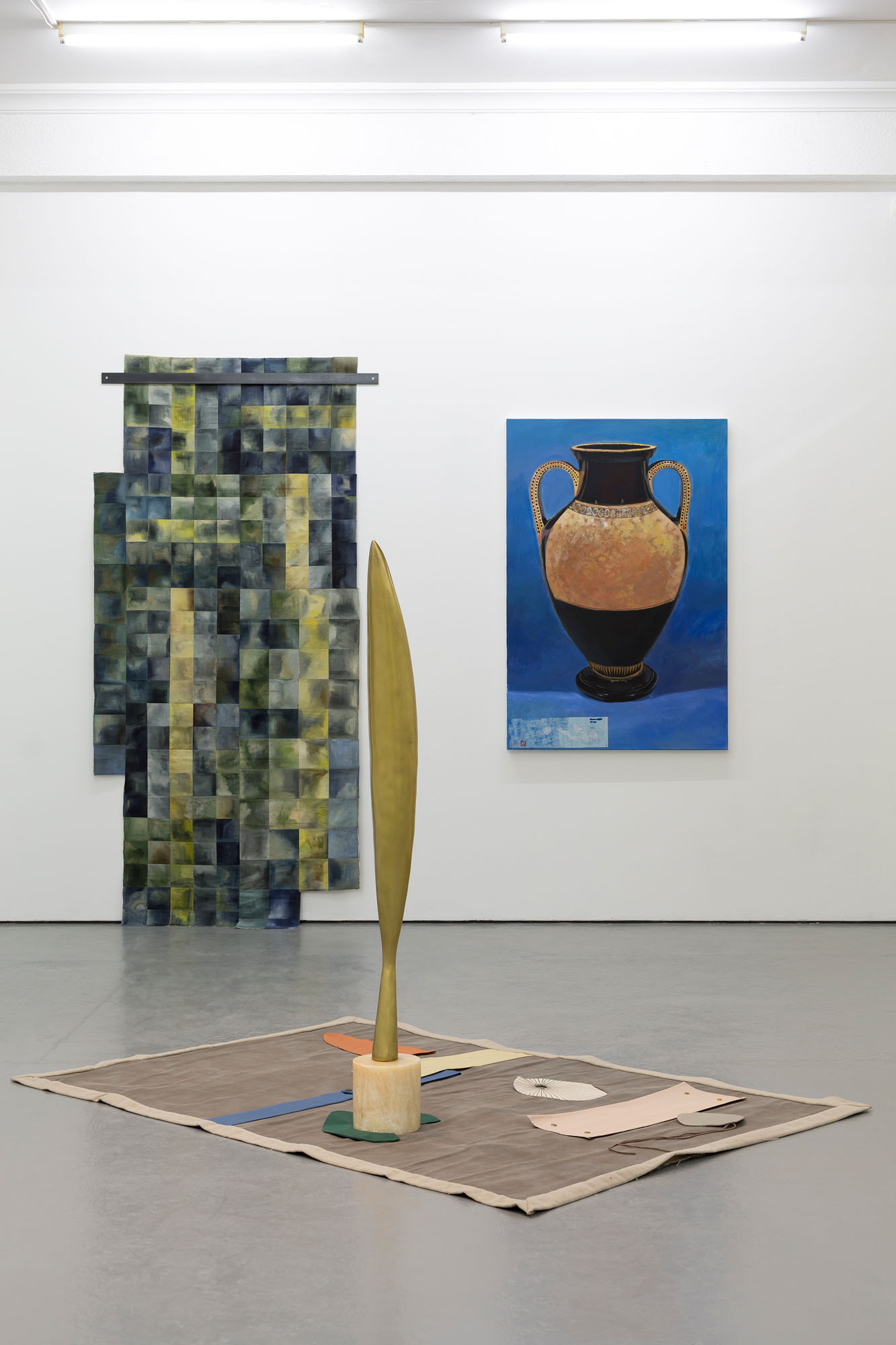
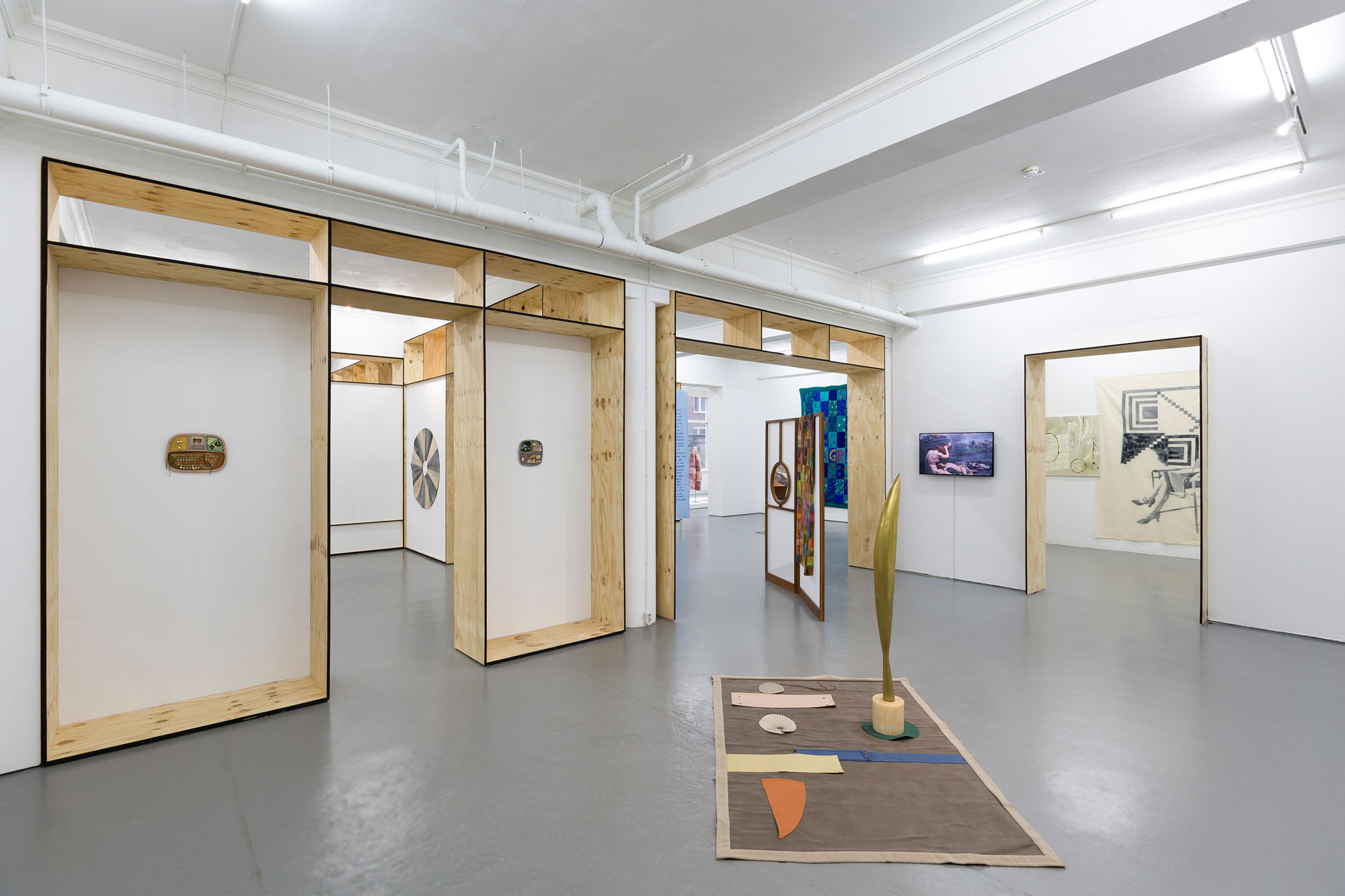
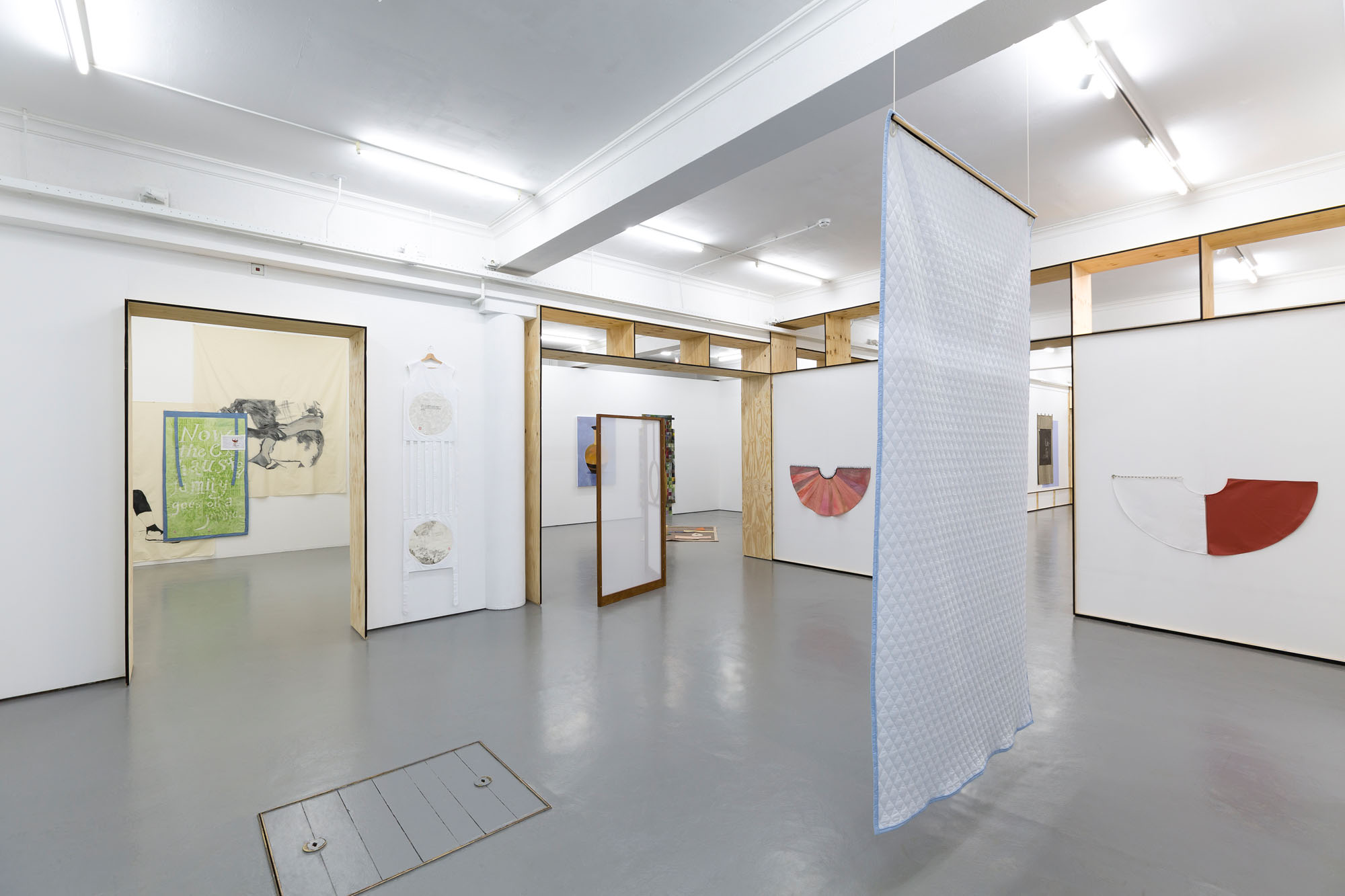
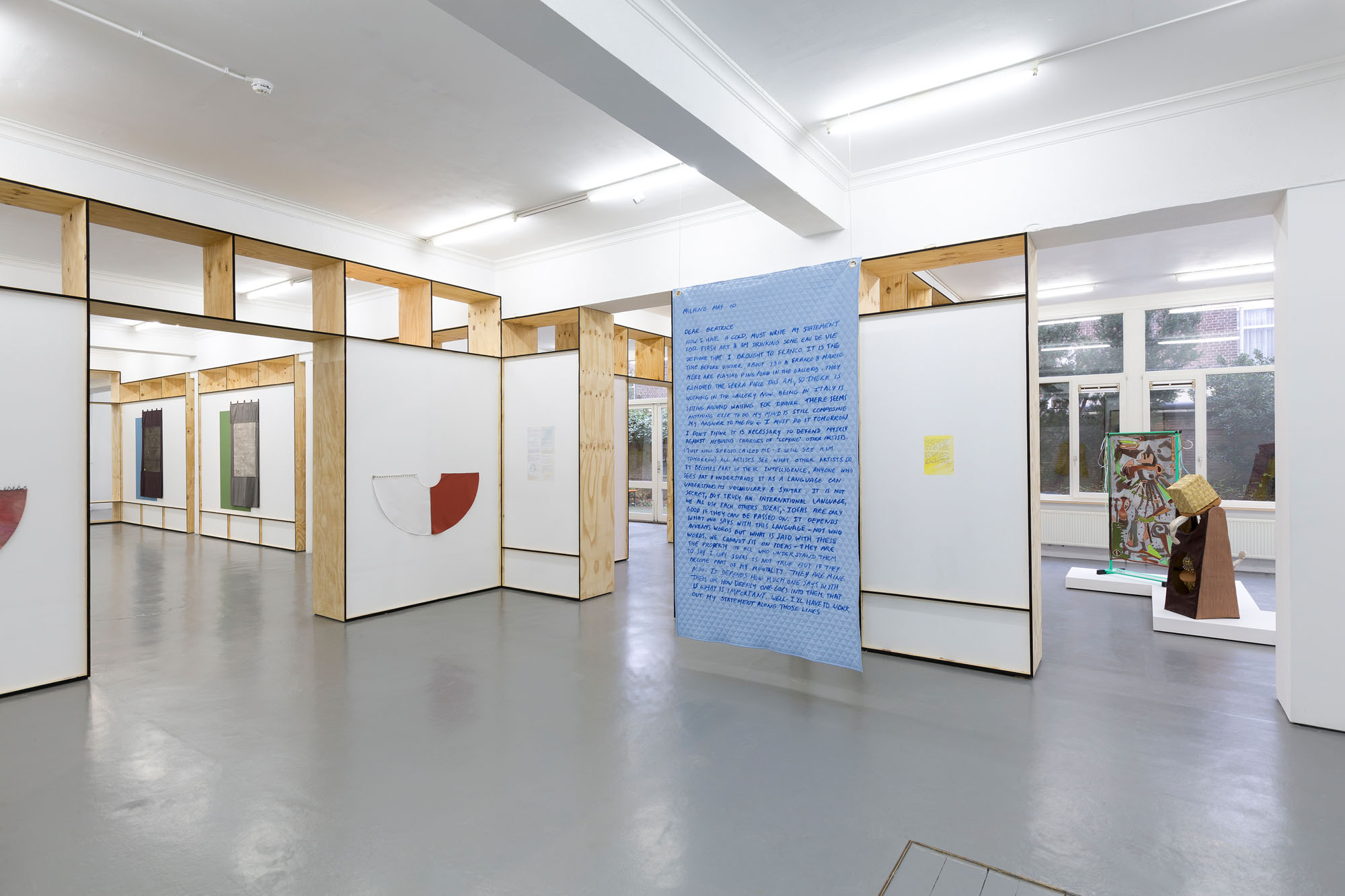
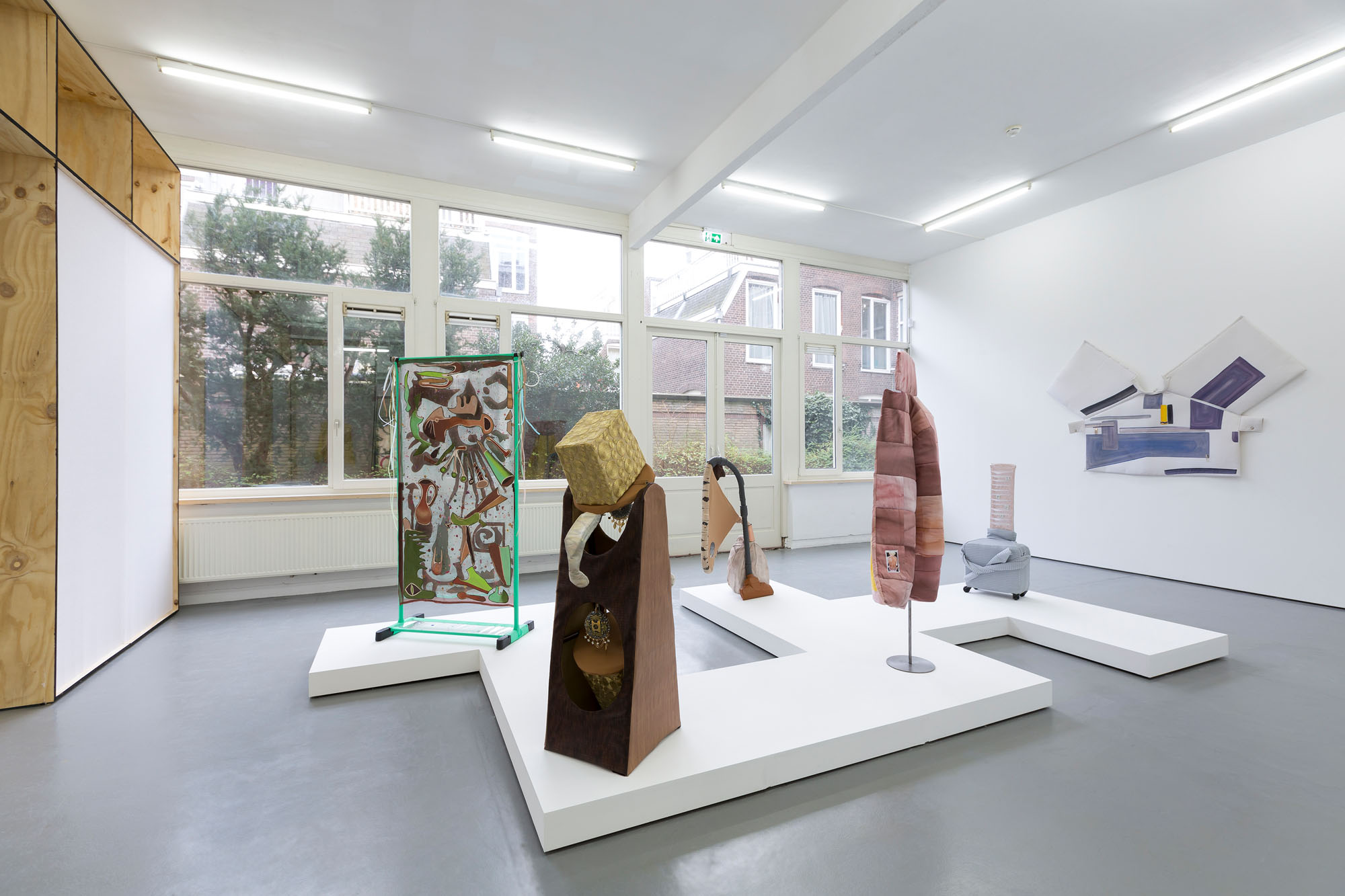
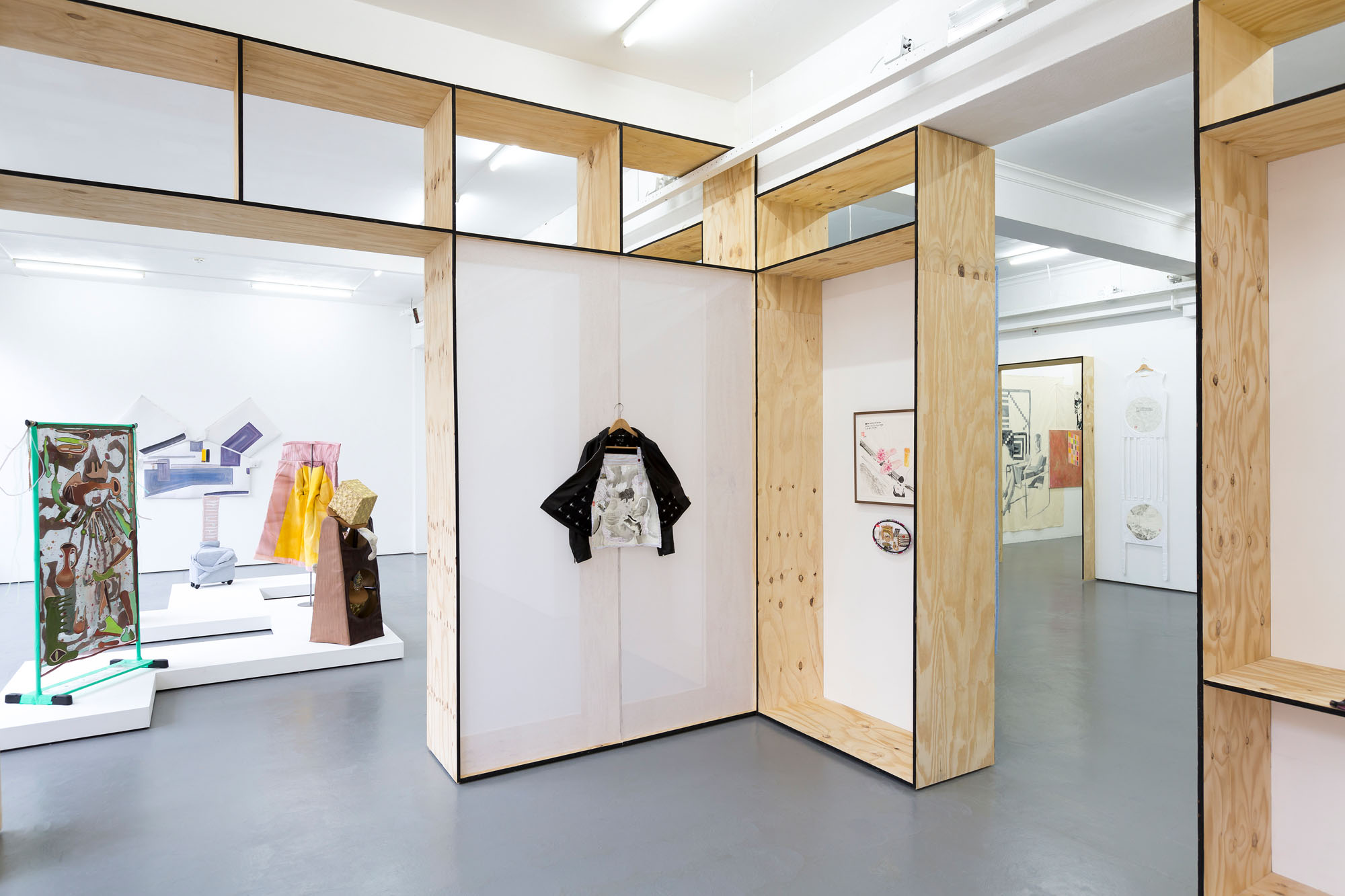
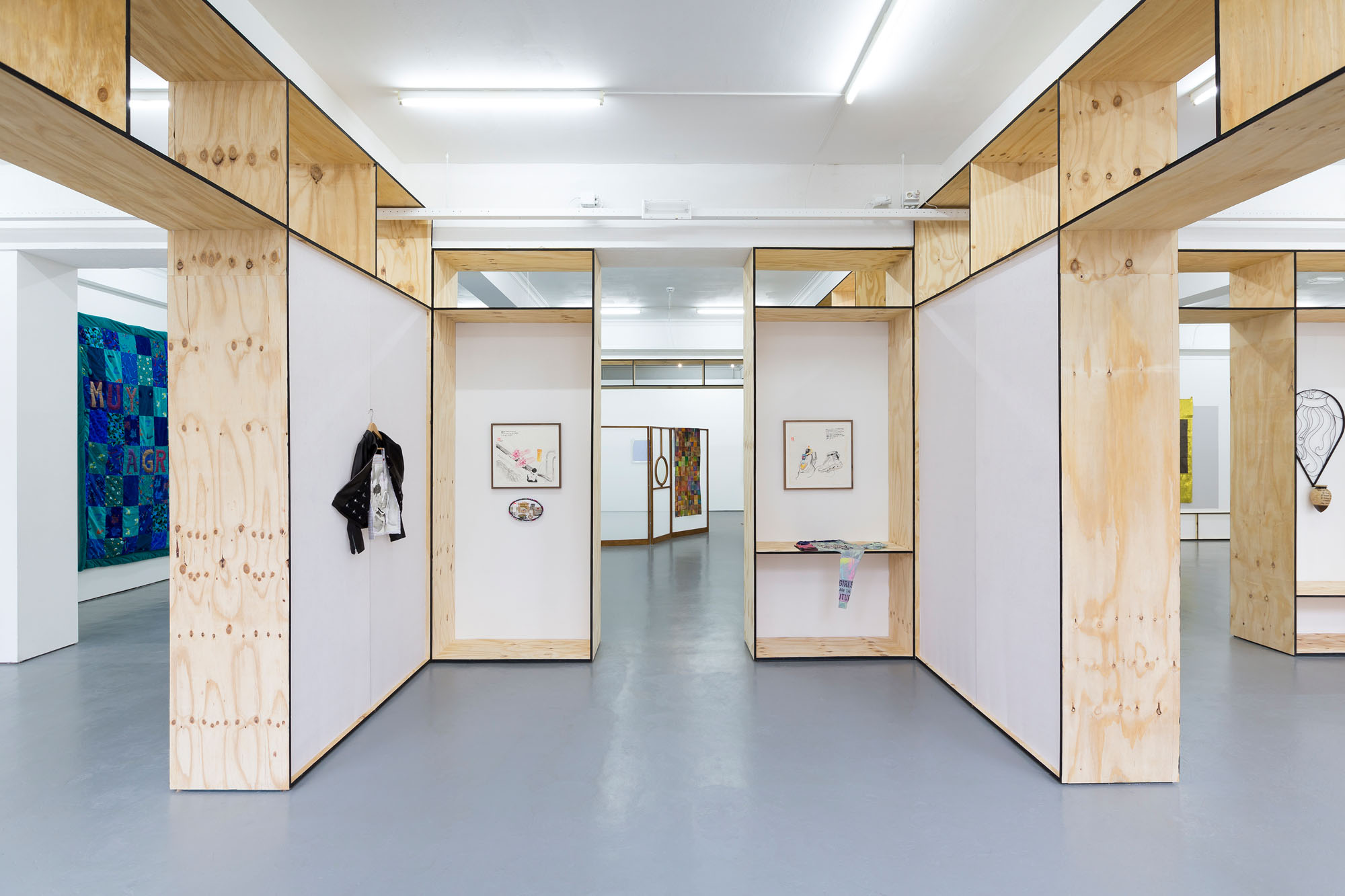
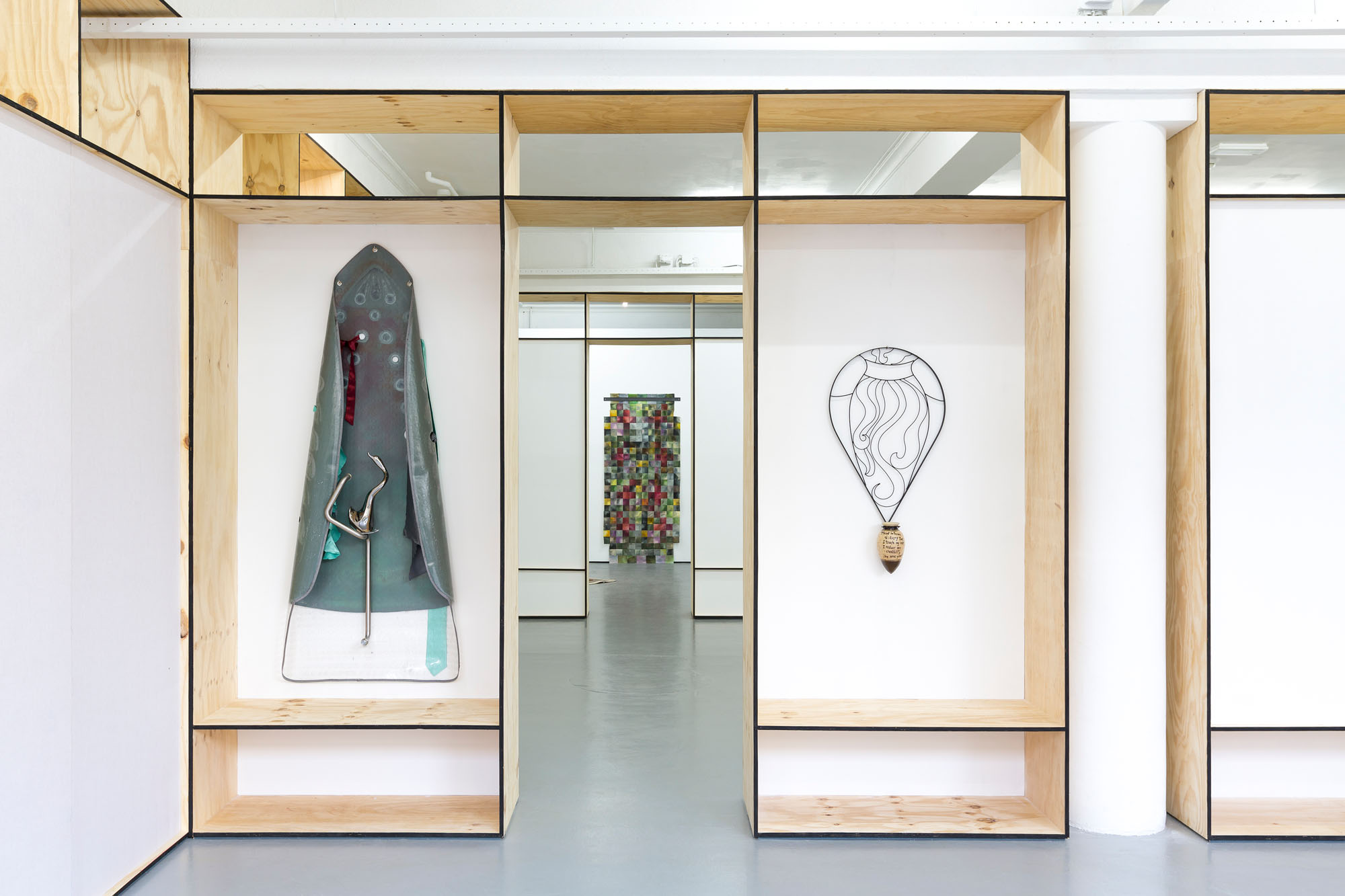
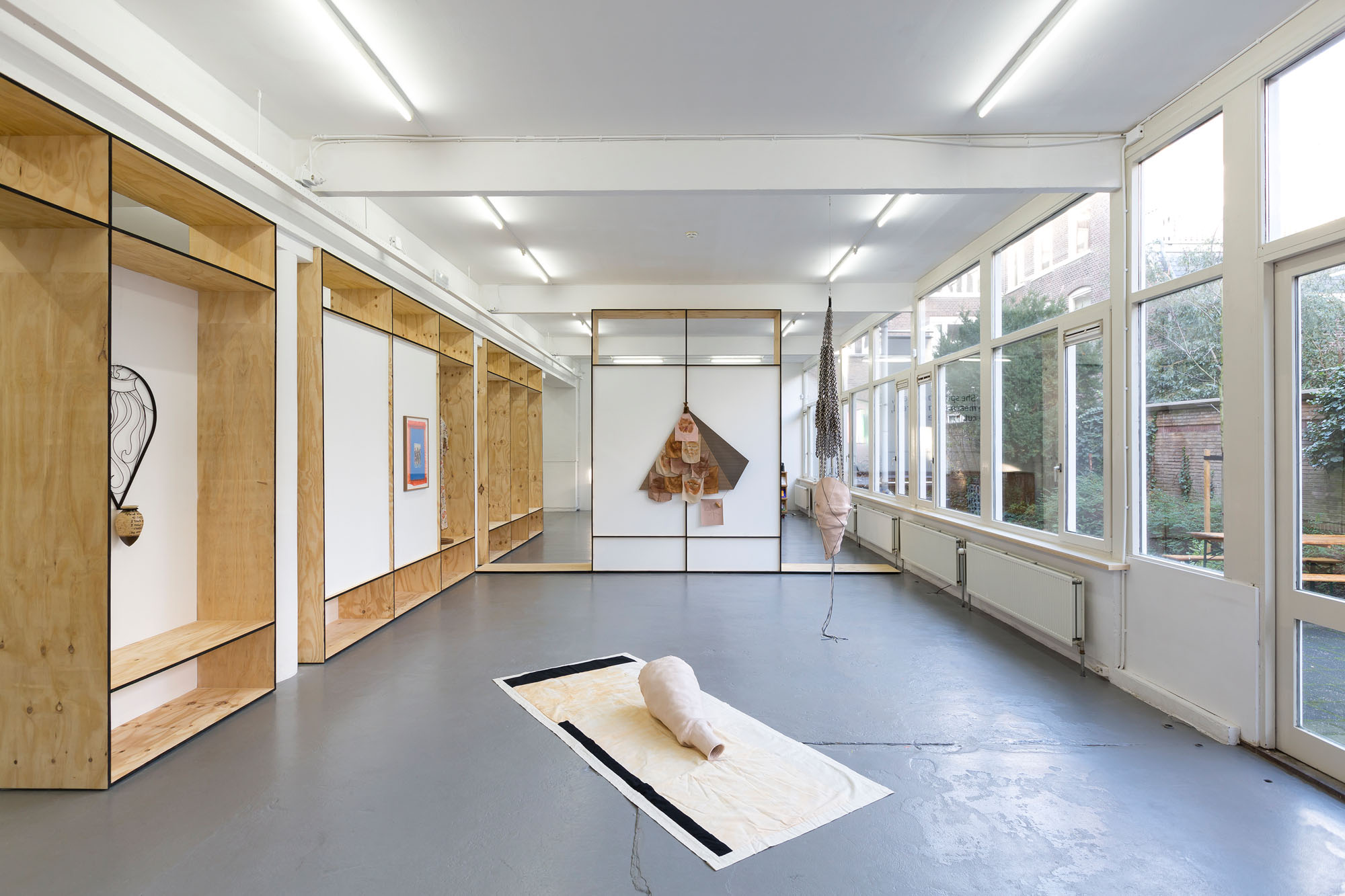
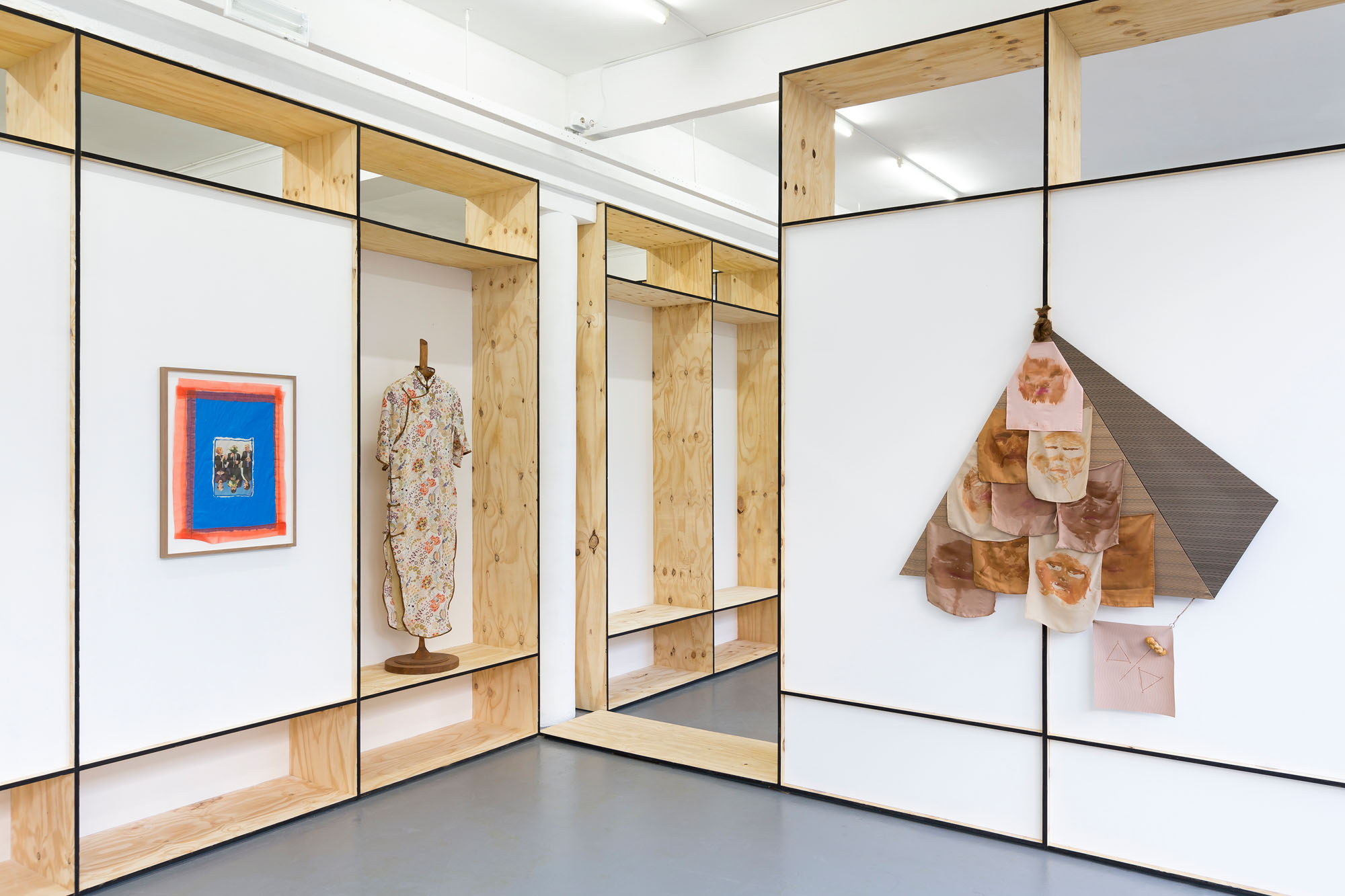
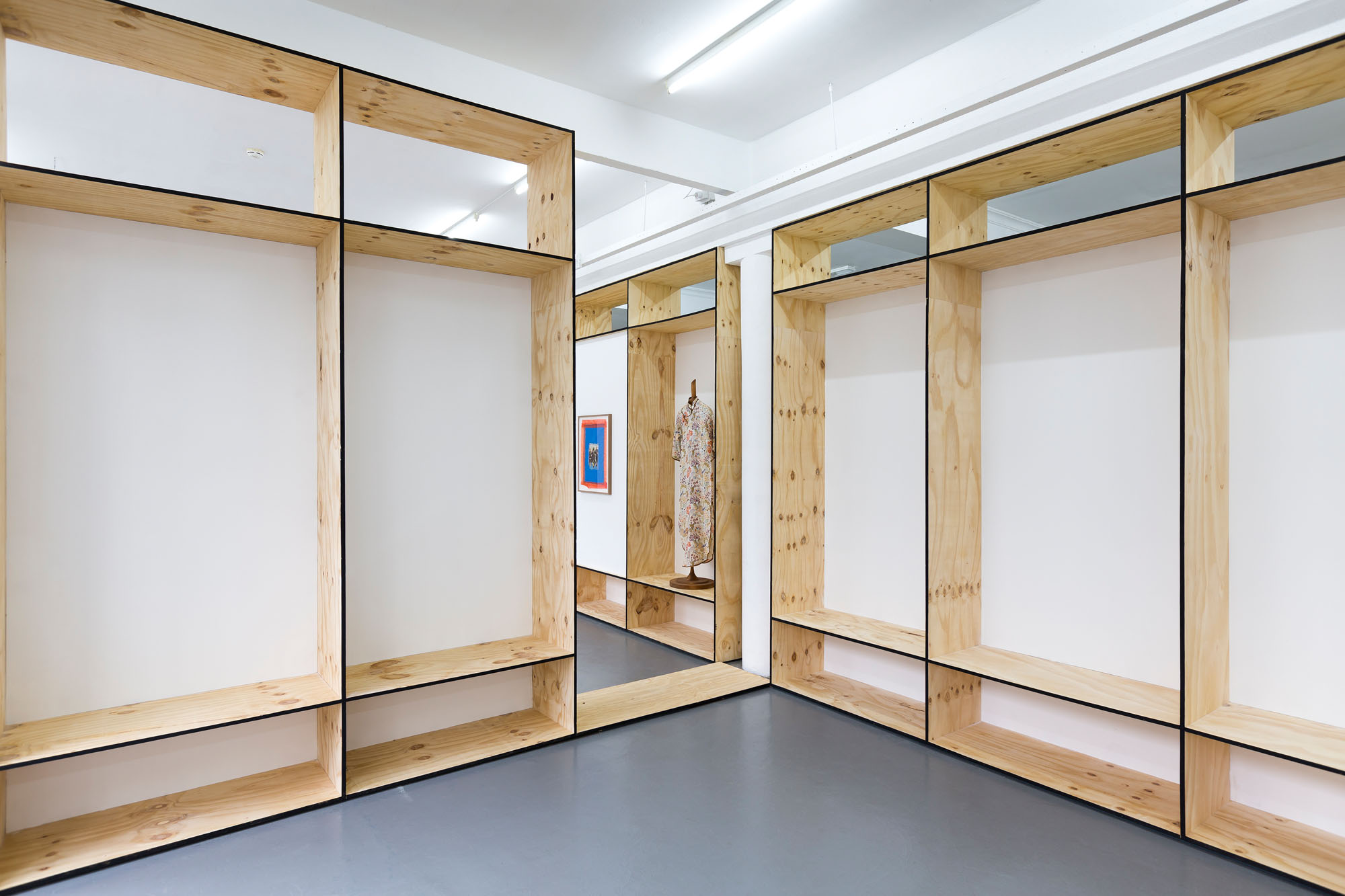
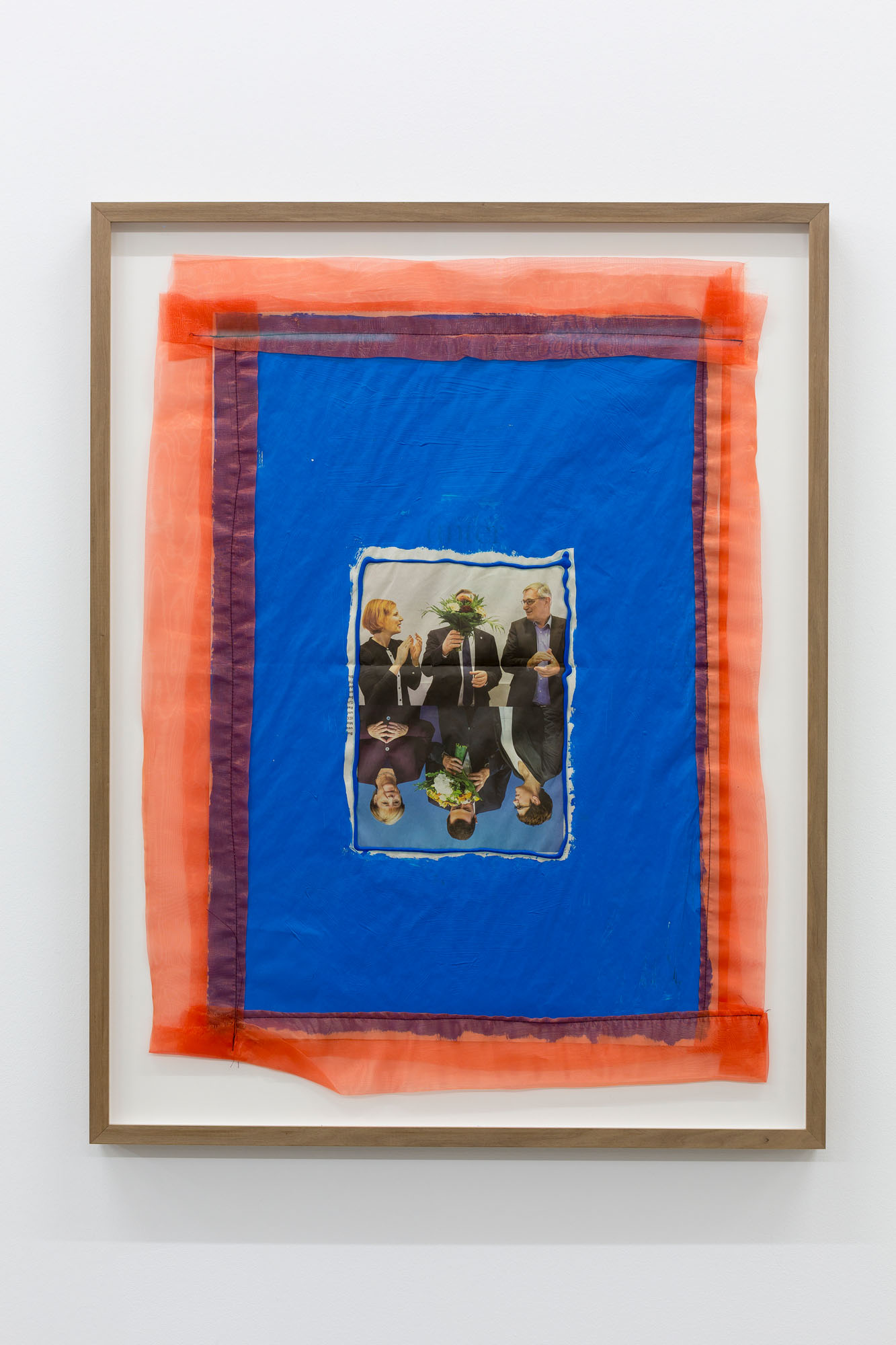
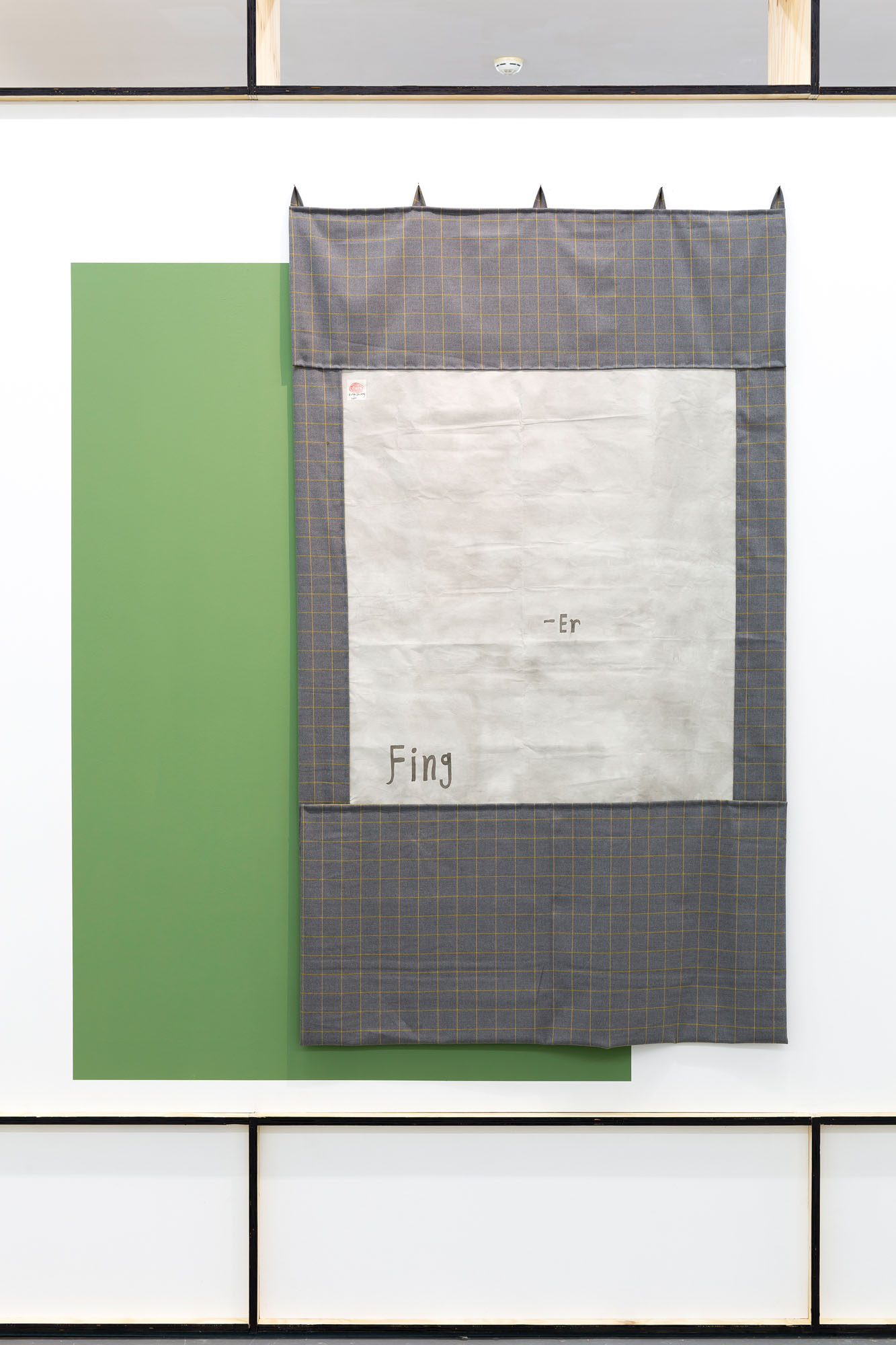
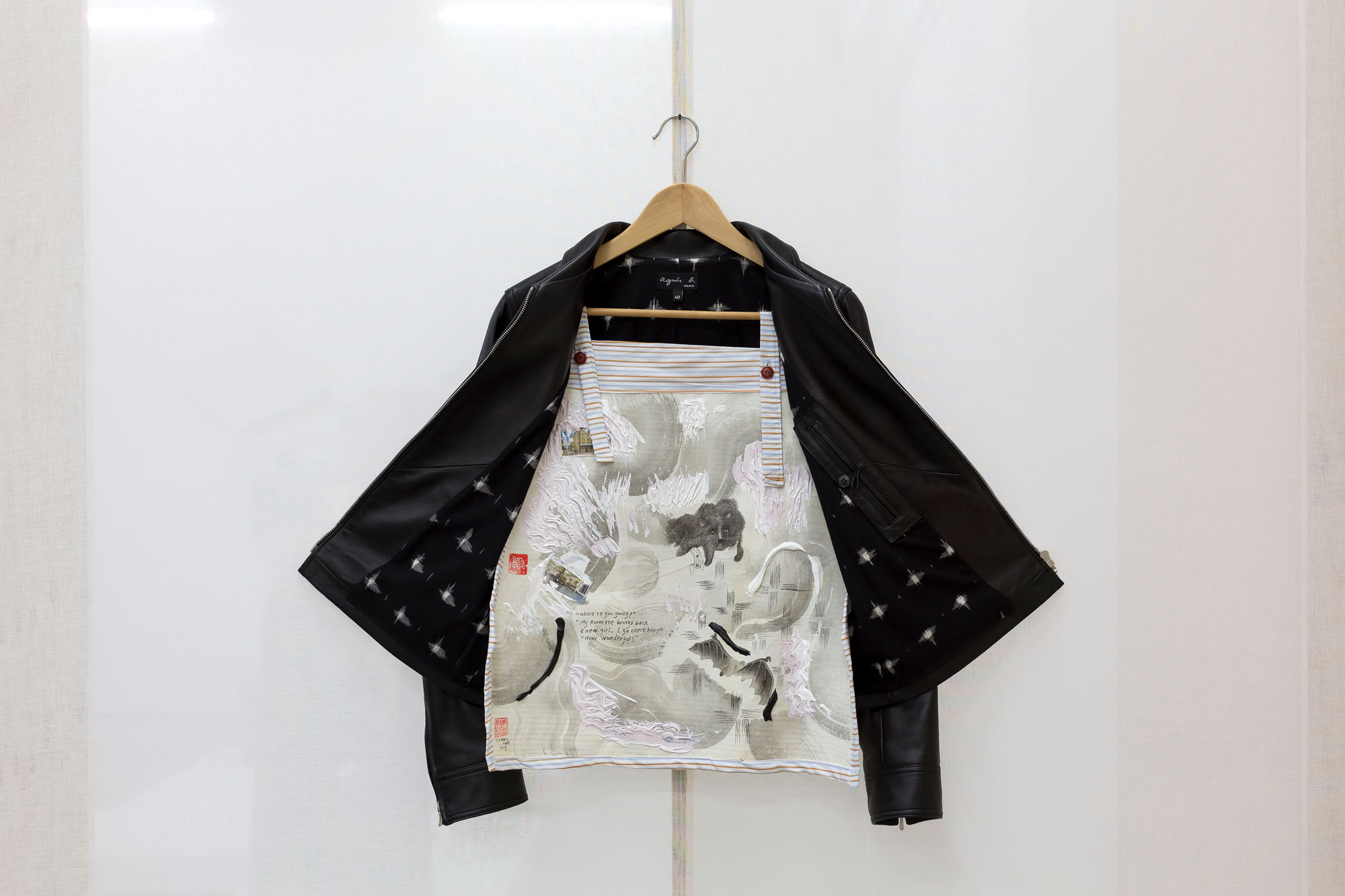
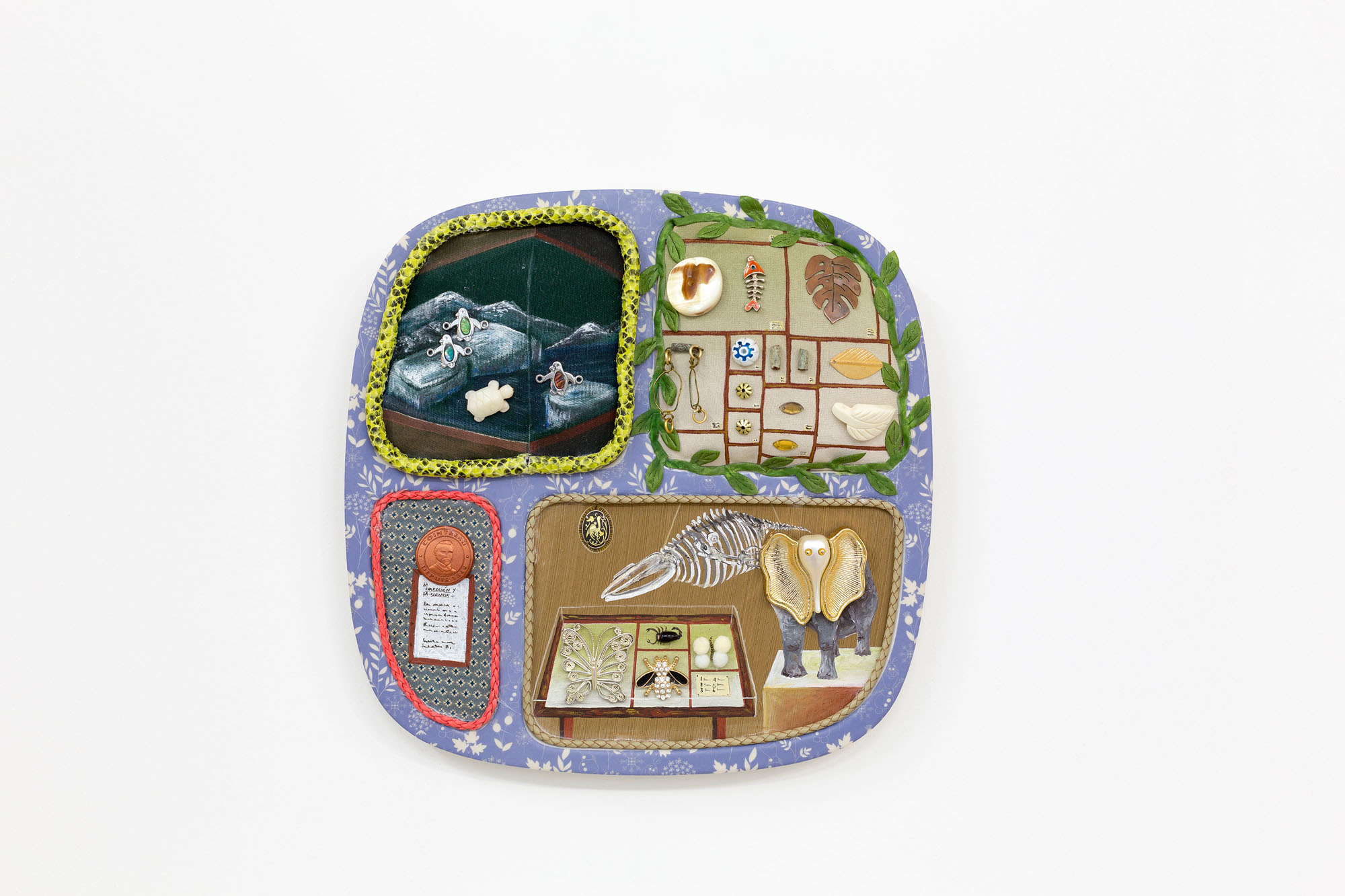
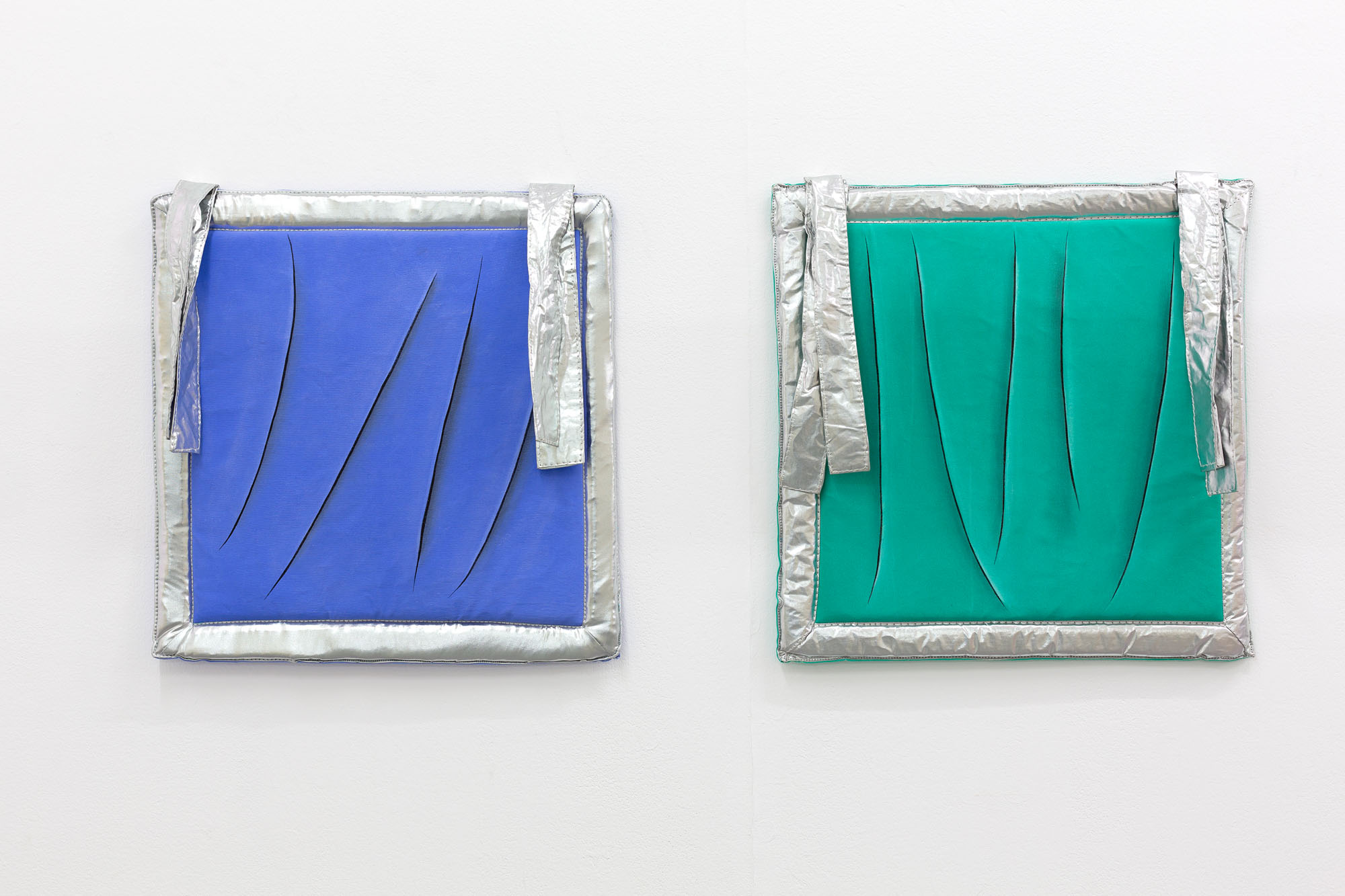
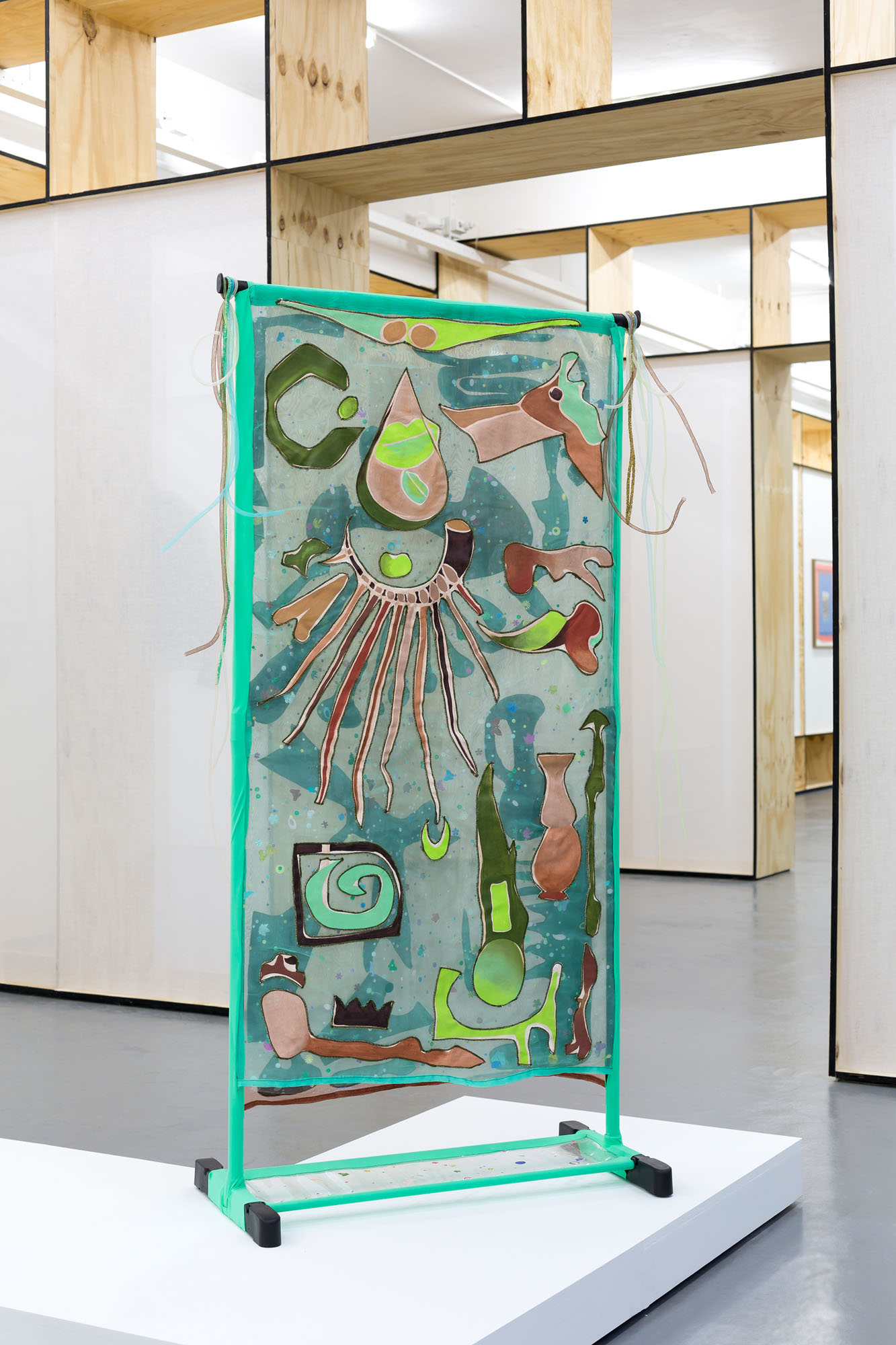
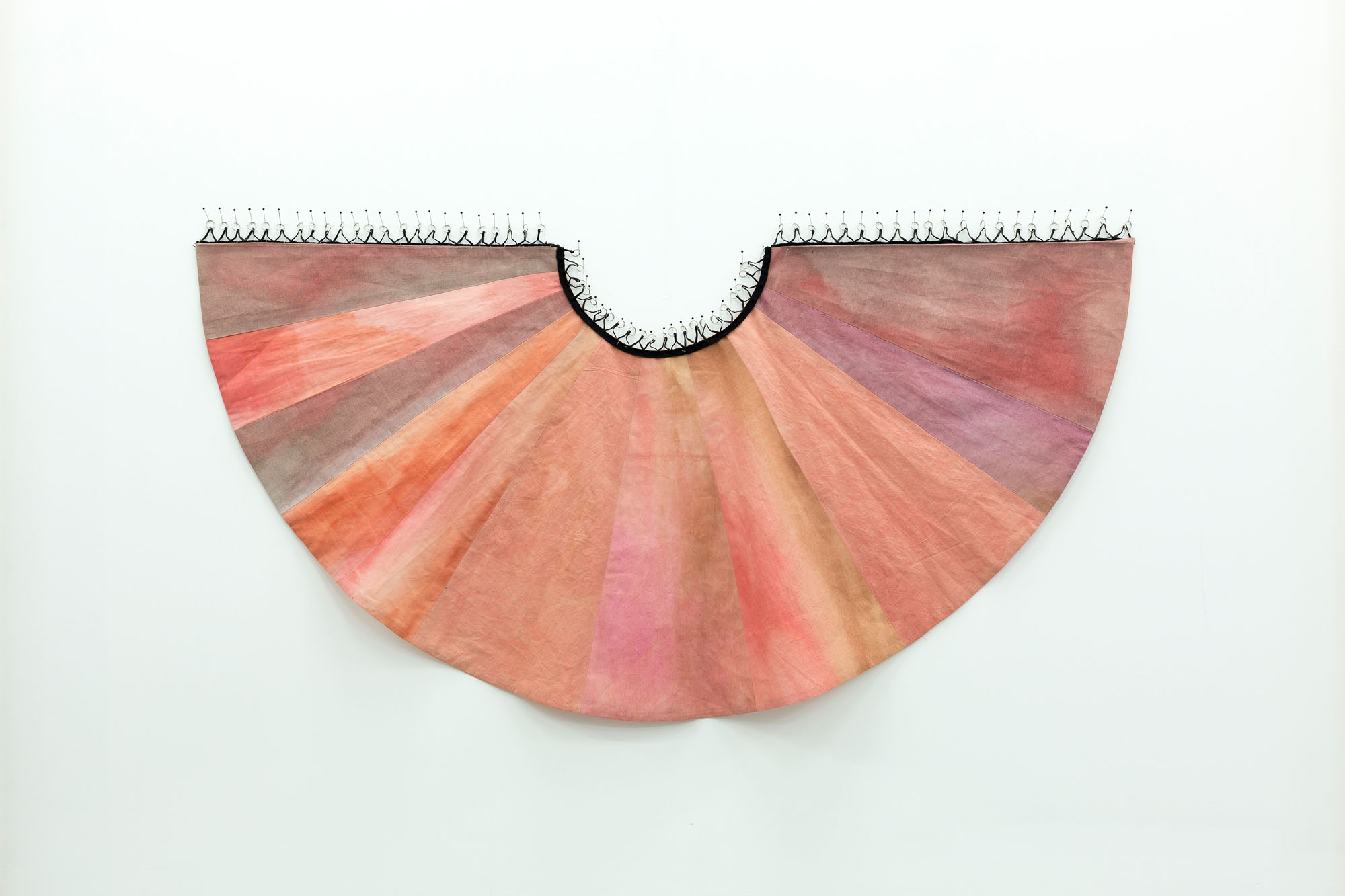
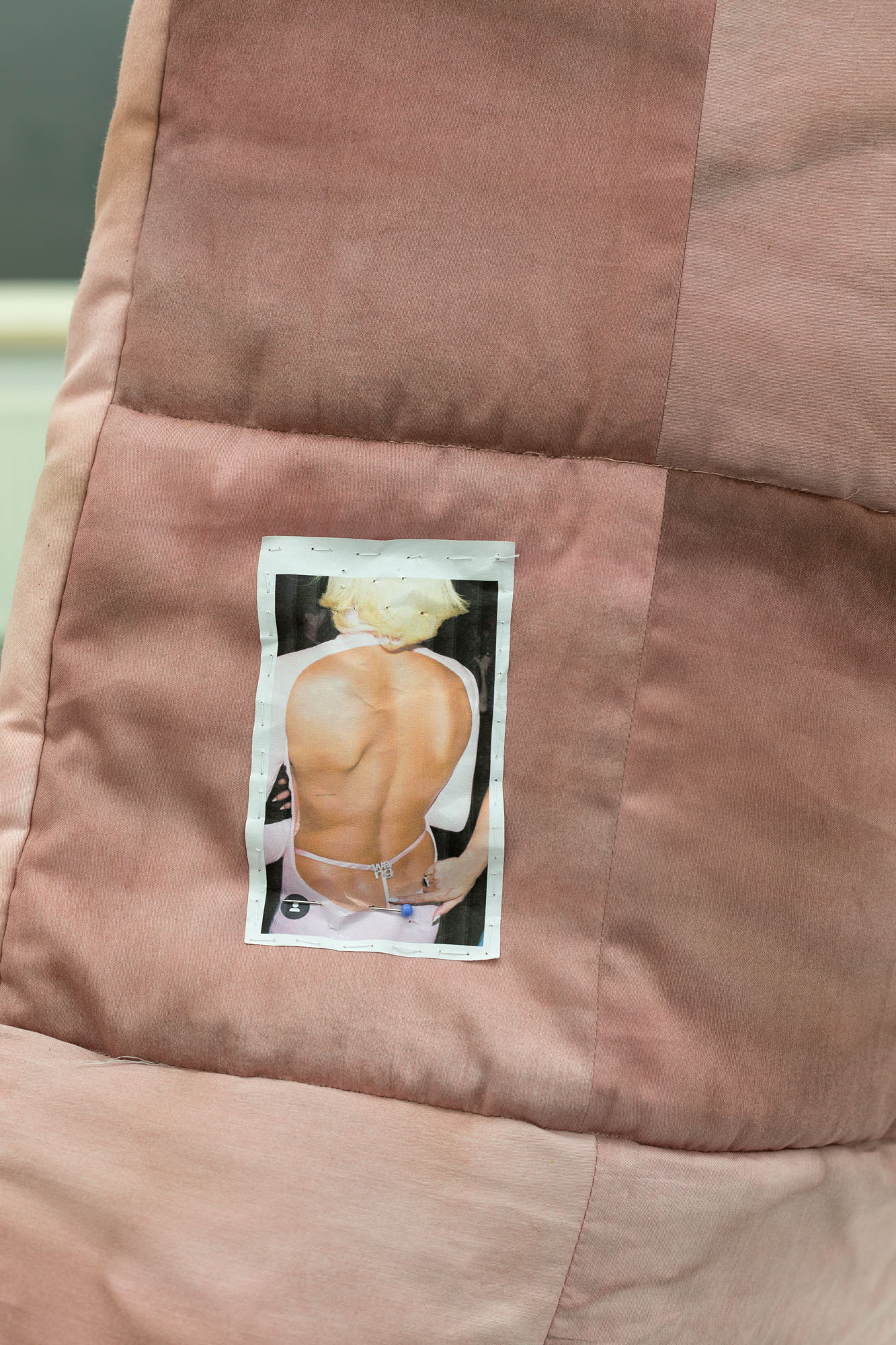
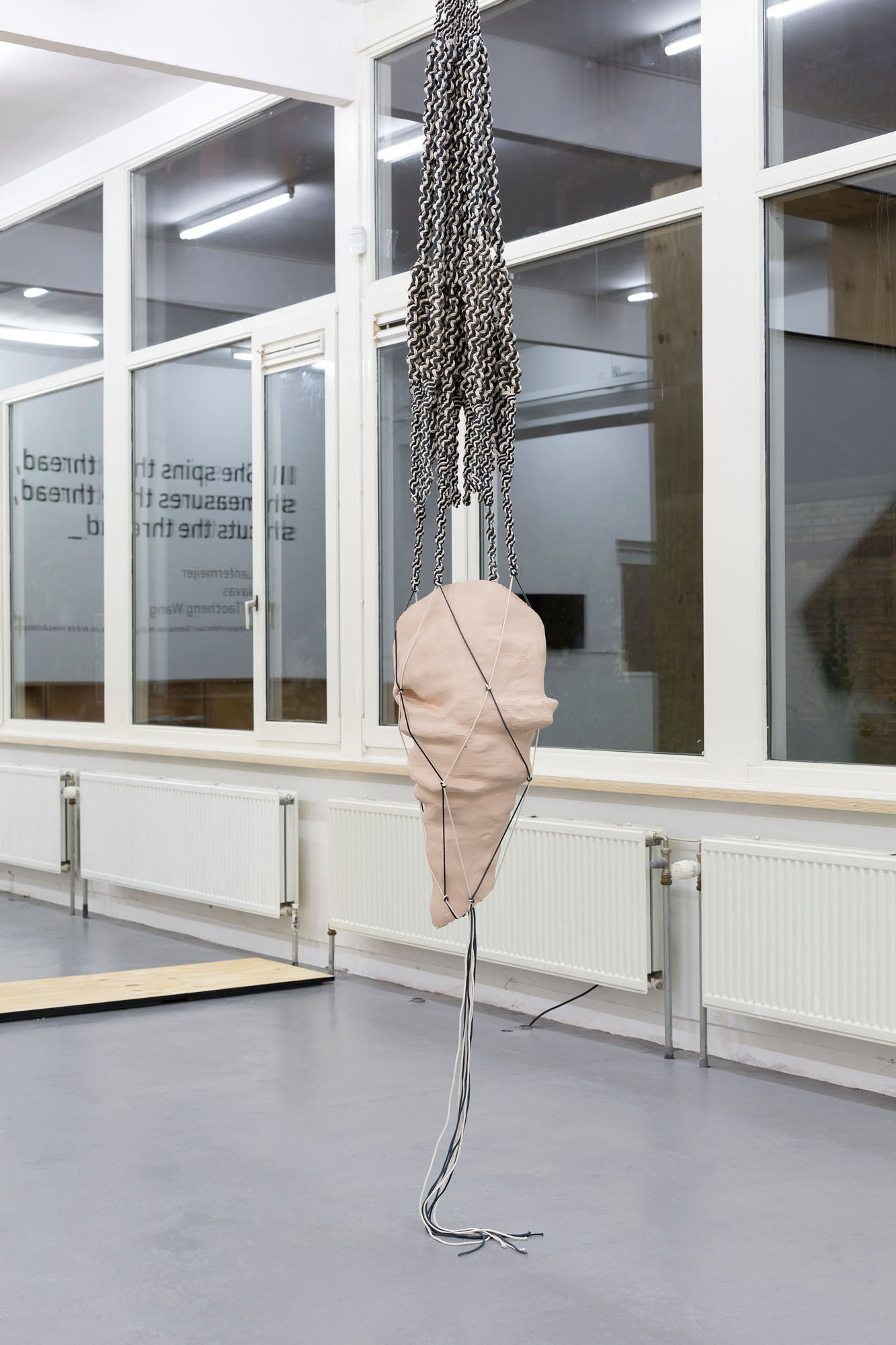
OFLUXO is proudly powered by WordPress
